Description
Ingredientes
Dyloxia is encapsulated in gastro-resistant hard shells, ensuring the safe delivery of its therapeutic content. Each capsule cradles 60 mg of Duloxetine, an amount equivalent to enteric-coated Duloxetine hydrochloride pellets. This formulation guarantees the medication’s stability and effective administration.
Dyloxia’s Multifaceted Role
A Therapeutic Ally
Dyloxia stands tall as a Selective Serotonin and Norepinephrine Reuptake Inhibitor (SSNRI), a class of antidepressants renowned for their prowess in rebalancing brain chemicals that may contribute to depression.
Versatile Applications
Dyloxia boasts a versatile repertoire, catering to an array of conditions:
- Major Depressive Disorder in Adults: It serves as a therapeutic anchor for adults navigating the tumultuous seas of major depressive disorder.
- General Anxiety Disorder in Adults and Children: Dyloxia extends its healing touch to both adults and children aged 7 years and older, combating the shadows of general anxiety disorder.
- Fibromyalgia: Dyloxia takes on fibromyalgia, a chronic pain disorder, with unwavering determination.
- Chronic Muscle or Joint Pain: Those grappling with chronic muscle or joint pain, encompassing ailments like low back pain and osteoarthritis pain, find solace in Dyloxia.
- Pain Induced by Diabetic Neuropathy: Adults afflicted by nerve damage due to diabetes (diabetic neuropathy) benefit from Dyloxia’s pain-relieving properties.
Usage
Oral Administration
Dyloxia is administered orally, allowing for seamless integration into daily routines. Each gastro-resistant hard capsule houses the therapeutic power of 60 mg of Duloxetine, delivering precise dosing.
Optimal Timing
To enhance tolerance and minimize the risk of nausea or stomach discomfort, Dyloxia can be taken with or without food. However, taking it with a meal is often recommended.
Dosage Presentation
It’s imperative to swallow Dyloxia capsules whole. Breaking, crushing, or chewing them before ingestion should be avoided at all costs to maintain their enteric-coated integrity.
Dyloxia’s Side Effects
As with any medication, Dyloxia can potentially induce side effects. These may encompass:
- Anxiety
- Numbness or tingling of the skin
- Diarrhea
- Dizziness
- Headache
- Increased sweating
- Irritability
- Nausea
- Trouble sleeping
- Unusual tiredness
- Vomiting
Liver Alert
In rare cases, Dyloxia has been associated with severe liver problems. While these occurrences are infrequent, they underscore the importance of vigilant monitoring during treatment.
Precautions
Initiating Treatment
To mitigate the risk of side effects, commencing Dyloxia at a low dose is advisable. A gradual increase, under the guidance of a healthcare professional, ensures a smoother therapeutic journey.
Consistency Matters
Continuity is key. Even if symptoms improve, adhering to the prescribed Dyloxia regimen is crucial. Skipping doses should be avoided.
Gradual Withdrawal
Should the need arise to discontinue Dyloxia, a gradual tapering of the dosage may be recommended by your physician. This measured approach minimizes the likelihood of withdrawal symptoms.
Expert Guidance
It’s vital to recognize that the information presented here is intended as a supplement, not a replacement, for the wisdom and judgment of healthcare experts. Prior to embarking on Dyloxia treatment, seek counsel from your physician, pharmacist, or other qualified healthcare professionals. Their insights will help determine if Dyloxia is the safe, suitable, and effective choice for your unique health needs.
Timeframe
Tracking Progress
Dyloxia, powered by the active ingredient Duloxetine, often yields discernible improvements within the first 1-2 weeks. These early signs might encompass enhanced sleep quality, heightened energy levels, and improved appetite. These physical transformations signal the medication’s initial efficacy.
Mood Transformation
However, for manifestations like depressed mood, anxiety, and diminished interest in activities, patience is paramount. These aspects may take 6-8 weeks to undergo meaningful improvement. The exact duration can vary based on individual factors. For precise insights into your progress, consult your healthcare professional.
Considerations
Dyloxia, featuring Duloxetine as the active ingredient, can influence appetite and weight. Weight loss and a decrease in appetite are potential side effects. However, individual responses vary, and not everyone experiences these effects. It’s essential to remember that various factors, including diet, physical activity, and the nature of one’s illness, can contribute to weight fluctuations during medication use.
Exploring Duloxetine
Duloxetine, the stalwart ingredient within Dyloxia, shines in its diverse medical applications:
- Major Depressive Disorder: Duloxetine emerges as a potent ally against major depressive disorder in adults, harmonizing the brain’s chemical milieu.
- General Anxiety Disorder: Its therapeutic embrace extends to general anxiety disorder, enveloping both adults and children aged 7 years and older.
- Neuropathic Pain: For adults grappling with nerve pain due to diabetes (diabetic neuropathy), Duloxetine serves as a source of relief.
- Chronic Musculoskeletal Pain: The realm of chronic muscle or joint pain, including conditions like low back pain and osteoarthritis pain, falls under its domain.
- Fibromyalgia: Duloxetine’s therapeutic canvas includes fibromyalgia, offering respite from this chronic pain disorder.
Dosage
Duloxetine’s dosage is tailored to the specific condition under treatment:
- Major Depressive Disorder: The recommended dosage ranges from 40 mg/day (given as 20 mg twice daily) to 60 mg/day (administered either once daily or as 30 mg twice daily).
- Generalized Anxiety Disorder: Most patients initiate treatment with Dyloxia at 60 mg once daily. For some, starting at 30 mg once daily for one week may enhance tolerance.
Conclusion
In conclusion, Dyloxia Capsule 60 Mg, fortified with Duloxetine, serves as a formidable ally in the realms of mental health and pain management. Its diverse applications, combined with diligent usage and expert guidance, underscore its significance in enhancing well-being. Remember, when embarking on a journey with Dyloxia, the compass should always be expert medical advice.
At a glance
| Attribute | Information |
|---|---|
| Capsule Description | Gastro-Resistant Hard Capsule |
| Duloxetine Content | 60 mg (Equivalent to Enteric-Coated Duloxetine Hydrochloride Pellets) |
| Medical Classification | Selective Serotonin and Norepinephrine Reuptake Inhibitor Antidepressant (SSNRI) |
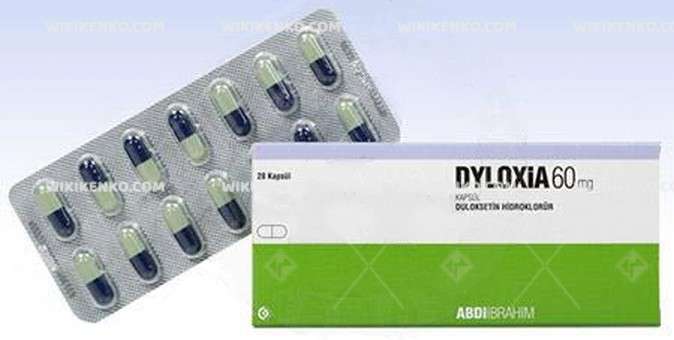
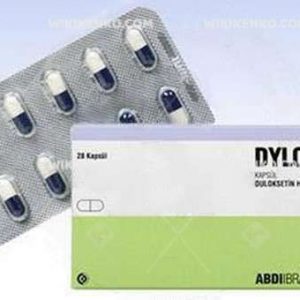

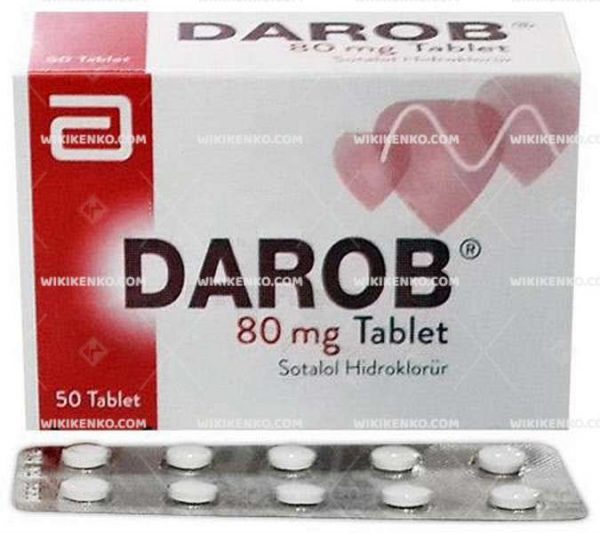
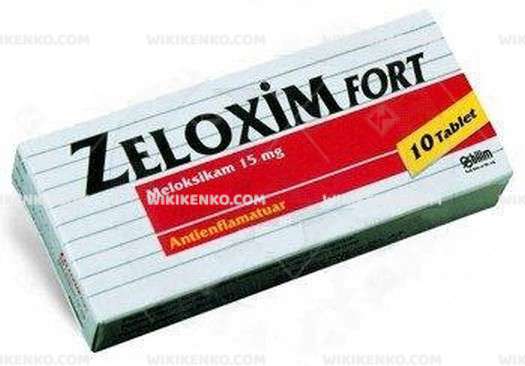
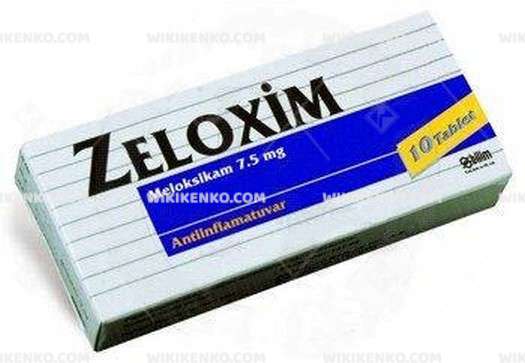








Reviews
There are no reviews yet.